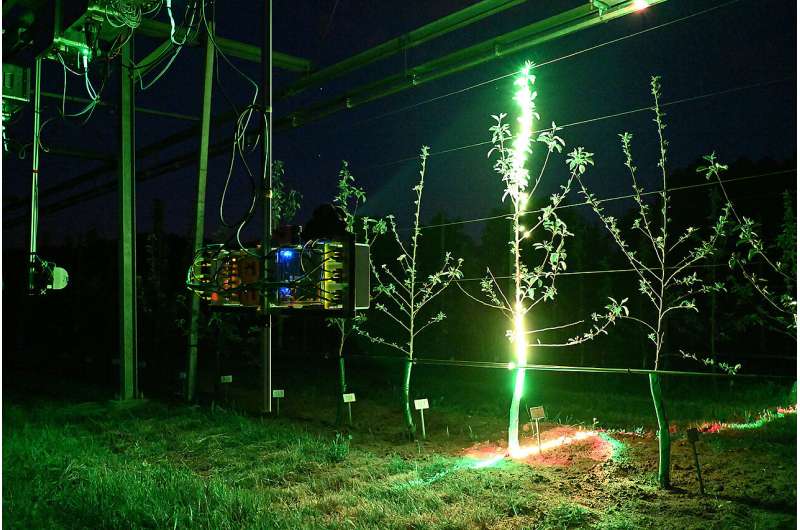The future of farming isn’t about bigger tractors—it’s about smarter sensors. And now, robots are getting their first real taste of fruit.
In a field outside Potsdam, Germany, something unusual is happening. A robotic system, armed with a 3D laser scanner developed by Professor Andreas Nüchter’s team at Julius-Maximilians-Universität Würzburg, is circling rows of apple trees—not to observe, but to understand. This isn’t your typical machine vision. It’s multispectral precision scanning designed to read water content, analyze ripeness, and make nuanced decisions that were once the exclusive domain of skilled human pickers.
And that’s exactly the point.
“The robots we have now? Not great,” says Nüchter, bluntly. “They’re prototypes. They don’t yet know how to read a plant.”
That’s changing fast. This next-gen scanner, built for the Leibniz Institute for Agricultural Engineering and Bioeconomy (ATB), projects laser light in three wavelengths—green, red, and near-infrared—onto plants and reads back detailed physiological data. Think of it as giving machines a new sense entirely: not just sight, but perception.
It’s not just identifying an apple. It’s determining whether that apple is thirsty, ripe, or still growing—without touching it.
Mounted on a rotating platform, the scanner maps a 120-tree orchard with a level of detail that would make any botanist jealous. It can operate in rain, heat, or wind. And it’s more than just rugged—it’s revelatory. The system doesn’t merely scan shapes; it deciphers subtle signals, like moisture levels and light reflectance, that give away a fruit’s readiness to be picked.
Why does this matter? Because the global agriculture industry is at a tipping point. Skilled labor is scarce. Growing conditions are erratic. And no two trees, no two seasons, and no two apples are ever exactly the same. A robot that can’t adapt to these realities is useless. But a robot trained to see like this? That’s a revolution.
The implications extend beyond orchards. The very same technology is being adapted for Mars missions, where similar scanners will search for water in lunar regolith. On Earth or off it, the mission is the same: teach machines to sense life in real time.
The 3D laser scanner at ATB may look like just another piece of farm tech. But it represents a radical shift: from automation to cognition. From machines that move, to machines that know. And in the high-stakes game of food production, that could make all the difference.
Because when a robot can tell the difference between ripe and wrong—it stops being a tool, and starts becoming a harvester with instinct.


